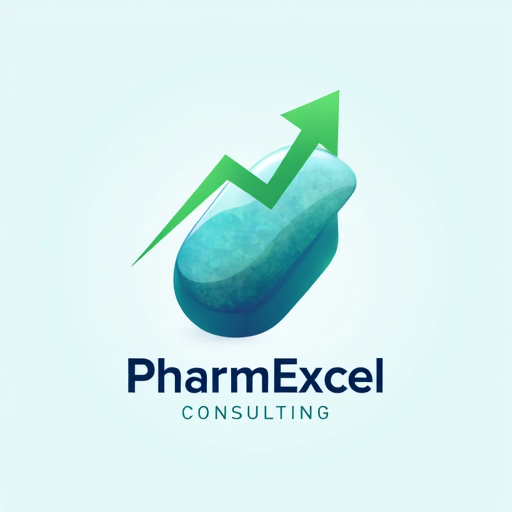
The Building Block of Every New Drug
And how can a drug work? And not the label or the name, the Active Pharmaceutical Ingredient (API) is the one running the show. APIs lie at the foundation of every new drug in development and they are present even when a drug is going through the R&D stage. To know more about what happens in the back-end of drug development, start with APIs.
A drug or a pharmaceutical product starts from the API. It doesn’t matter if it’s a small molecule or a biologic — the API is what makes the drug work or not. Even the best-funded drug discovery is short of the mark without a powerful and functional API. You will learn how APIs affect drug development and why you should care more than you think in this post!
What is API’s Function in Drug Discovery?
The discovery of a drug is very time consuming. The first thing is to find and isolate promising compounds that can be produced as APIs. This step is important as the API is the foundation of every new drug. It’s the product that gets in and does the good work.
It is always trial and error when you’re looking for a drug, as I have found it. Scientists screen thousands of compounds to arrive at a one that does. That means trying many chemicals and biological compounds on to see how they react with cells in the body. But after the success of finding a good API it moves into the development pipeline where it can be enhanced to be more powerful, safe and effective.
It is perhaps the most fun part of drug discovery to use APIs to build new therapies. Biologic APIs, for instance, are derived from organisms and have changed the face of medicine for cancer, diabetes, and autoimmune disorders. How transformative a single API can be for the treatment options available to patients with critical illnesses.
When an API has been selected and the therapeutic value established, the next step is formulation. Here is where the API is slurped with excipients (inactive ingredients) to create a drug that can be taken by the body. Think of excipients as the “helpers” that allow the API to pass through the body and get utilized.
API Development and Formulation
There are a few things to consider during the formulation process in order for the API to function correctly. These are stability, absorption and the duration of time the API is active. In a fast-acting pain killer, for example, the API has to dissolve and travel to the blood stream very quickly. Conversely, a chronic-use drug could be an API that is slower to release to make the drug work.
I know from personal experience just how important this phase is. If there is the smallest tweak in the formulation (an excipient that doesn’t really like the API) then everything gets messed up. It’s why pharmaceutical companies run APIs under a lot of different circumstances to test whether the final product will be safe and efficacious.
After an API is created, it needs to go through the regulatory approval process before going to market. Regulatory bodies, like the FDA and EMA, want APIs to undergo stringent tests to ensure that they are safe, effective, and manufactured with the most rigorous standards. These organizations run clinical trials and ensure API stability, safety and efficacy before any drug is public-access.

Rules of Engagement and the Function of APIs
You can’t compromise on the API as even a small change in the chemical composition or manufacturing procedure can alter the finished product. I’ve also seen how those companies who are less than committed when it comes to API manufacturing are subject to negative outcomes like delays in approval and (much worse) recalls or safety problems once the drug launches.
Indeed, regulatory sledding is long and costly. In every step — from preclinical studies through phase I, II, and III clinical trials — the API’s safety and efficacy are tested. So important here is the API as it’s the building block that will end up deciding the clinical trial results and whether or not the drug will succeed.
API Effect on Drug Manufacturing and Drug End-Use: The Final Drug Manufacturing Process.
When an API for a drug is regulatory approved, it enters massive-scale production. This is where the API is manufactured bulk, and the quality of the finished drug is directly tied to the manufacturing process. The API that’s wrongly made (i.e., with a mix of contaminants or in the wrong amount) will break down the whole batch and cause harm to patients.
I worked for one pharmaceutical company, for instance, for months fine-tuning a new API scale-up strategy. And we had to guarantee that API formulated in a small lab batch would be as good when scaled up to bigger batches. Consistency is the greatest hurdle in scaling up — each tablet or injection must be refilled with the same amount of API so the drug functions as expected.
Conclusion: The Powerhouse of Drug Development
APIs are at the heart of drug development from discovery to final manufacturing. From making a drug specifically for a given disease, to having it perform properly in patients, it’s all about the API. I’ve heard how APIs transform drug treatments from the inside out and transformed medicine.
Knowing how APIs are used will help anyone working with the pharma sector, whether you’re a developer, healthcare provider or just an inquisitive consumer. And next time you open a pill, remember the science behind it — and that API, too. To learn more about APIs transforming medicine, go to The Complete Guide to Active Pharmaceutical Ingredients (APIs).
